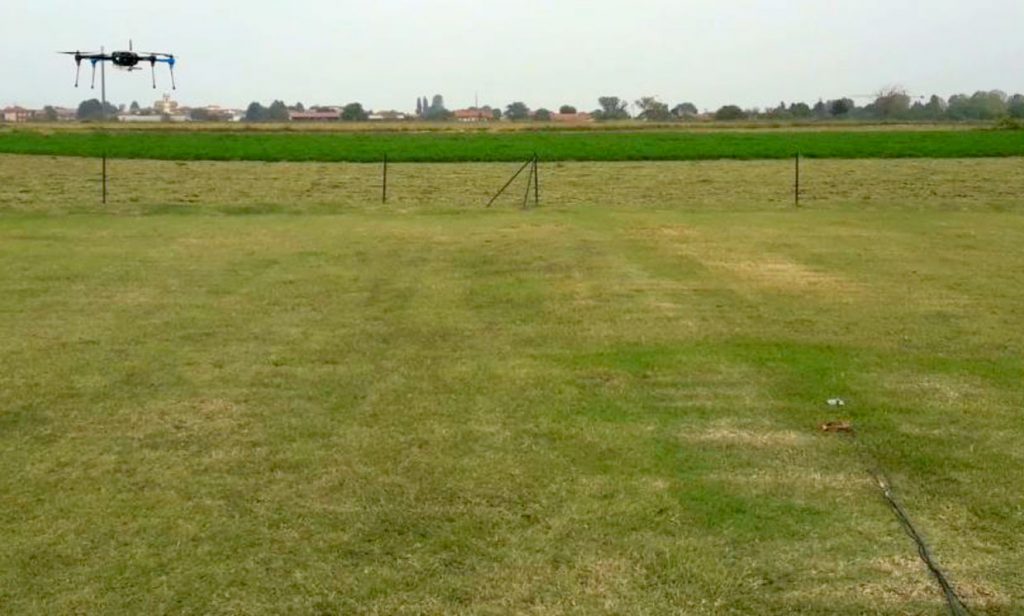Like those belonging to pretty much everyone else, the electronics devices and gadgets I rely on occasionally run out of juice. I forget to charge my phone. Or my smart watch. I misjudge how long my laptop has been running untethered, and now I’m finding that I’m running on empty. Sure, it’s not as terrible as realizing that the gas gauge is telling you that you have 32 miles left in the tank – and passing a sign on the highway informing you that the next rest stop is 34 miles away. Which means pulling off the highway near some pokey town – when all you want to do is get home! No, charging those devices tends to be a pretty quick and painless fix. Annoying when the battery runs out, but generally a problem that’s easy enough to remedy.
This is true for personal devices, and to a slightly lesser extent true for devices used in commercial or industrial settings. But there are some situations in which the devices are deployed in an environment where it’s not so simple to recharge or replace their sensors when the batteries start to fade. Think of, say, the security perimeter around a large energy, agricultural or military installation that’s remote and isolated.
Here, drones may be coming to the rescue.
In a recent Spectrum/IEEE article, writer Michelle Hampton discusses a system through which drones in flight can recharge sensors:
A new system is designed to make the charging process easier by using unmanned aerial vehicles (UAVs) to deliver power using radio waves
during a flyby. A specialized antenna on the sensor harvests the signals and converts them into electricity.
The researchers behind this, including Joseph Contantine and others at American University of Beirut, were looking at using radio frequency ways for recharging sensors, but they were facing a significant challenge in terms of getting close enough to the sensor to give it a good charge. The answer they came up with was the UAV, which can get up close and personal with a sensor, hovering right above it, and following “an optimized trajectory that maximizes energy transfer.”
In the proposed approach, a UAV transmits radio frequencies to each sensor, which has an antenna for detecting the signals. The signals are then conveyed to a rectifier, which converts the signals into electricity. This power can be used to charge the sensor and/or activate it.
The UAV can also selectively target sensors.
The UAV supports both charging and wakeup (which can be done at a greater distance: 27.5 meters, as opposed to a distance of 1.2 meters when charging is involved.
Now, the team is working to develop a load-independent rectenna (antenna and rectifier) that maintains high efficiency across a wide range of loads and frequencies.
This solution would be overkill, but I have to admit I’m getting a kick out of imagining a drone flying around my house, stopping to charge the batteries in all the devices I somehow forgot to plug in to the charger!

 during a flyby. A specialized antenna on the sensor harvests the signals and converts them into electricity.
during a flyby. A specialized antenna on the sensor harvests the signals and converts them into electricity.